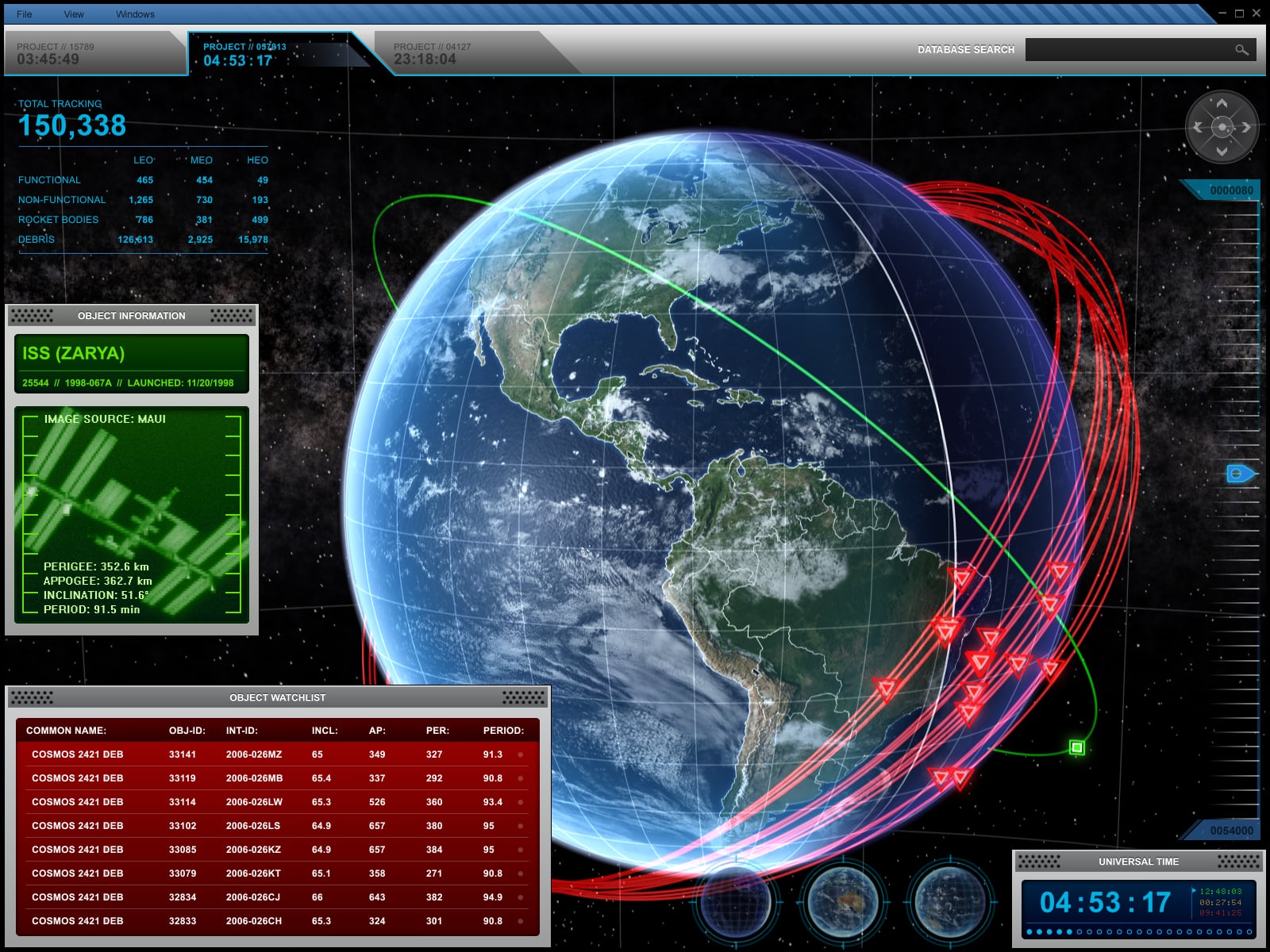WASHINGTON — The U.S. Space Force announced Friday its cloud-based data environment can now ingest observation information directly from the Space Fence radar, demonstrating its ability to connect with sensor nodes in the Space Surveillance Network.
The Unified Data Library is a key component of the Space Force’s digital architecture, built to collect and integrate space object tracking data drawn from Department of Defense sensors as well as commercial, intelligence community and foreign systems.
Space Fence, a ground-based radar located at Kwajalein Atoll in the Marshall Islands, is one of the newest nodes in the SSN, providing the ability to track and characterize objects in low, medium and geosynchronous orbits. The system achieved initial operational capability in March 2020.
The Space Fence and UDL integration represents the library’s first direct sensor connection with the SSN. The announcement follows a 30-day trial period, during which the service monitored the Space Fence-to-UDL data flow. Testing was completed April 15 following approval from a trial review exit panel.
Lt. Col. Daniel Kimmich, chief of Space Systems Command’s cross-mission ground and communications enterprise data branch, told C4ISRNET in a recent interview that prior to the direct-connect to UDL, Space Fence used a system called the Non-traditional Data Pre-processor to reformat its data. That system would then send the data to another processing system called CAVENet, which would ingest the data into the legacy Space Defense Operations Center.
The UDL connection “takes CAVENet processing, CAVENet ingestion completely out of the picture” for Space Fence observation data,” he said. It also paves the way for the service to make similar connections for other Space Fence capabilities, including object identification and characterization.
Beyond Space Fence, Kimmich said, the service is working to ensure that all Space Force sensors “within the realm of the possible” can integrate with the UDL. That includes the Geosynchronous Space Situational Awareness Program, a largely classified constellation of six satellites tasked with monitoring space activities.
“That is on our roadmap in terms of a specific direct-connect,” he said.
The Space Force’s vision for the UDL has expanded since its inception in 2018 by the Air Force Research Laboratory. At the time, the concept was to create a mechanism to secure commercial data, but the UDL has since grown into the Space Force’s central data platform.
Today, the library exists at unclassified, secret and top secret security levels, and Kimmich said his team is working to adapt it for a special access program environment. Last month, the UDL received a three-year authority to operate, which he said validates its cybersecurity maturation as the service integrates more command-and-control platforms.
The service has had some success in this area due to a new operational data platform called Warp Core, which was built by Palantir. The system, which connects sensors to the UDL and other space domain awareness applications, achieved operational acceptance in January and is supporting the Space Force’s transition from the legacy Space Defense Operations Center to a new Space Command-and-Control system.
The service is also eyeing more international involvement in the UDL and has started development of an Allied Exchange Environment, which will take advantage of the library’s cyber accreditation to connect other countries for greater information sharing. Kimmich estimated the project will take about 12 to 18 months to develop.
Courtney Albon is C4ISRNET’s space and emerging technology reporter. She has covered the U.S. military since 2012, with a focus on the Air Force and Space Force. She has reported on some of the Defense Department’s most significant acquisition, budget and policy challenges.







